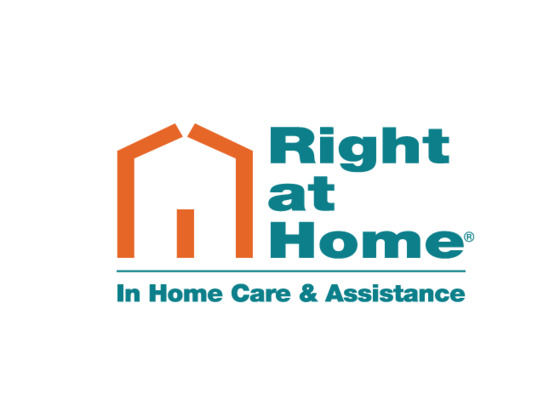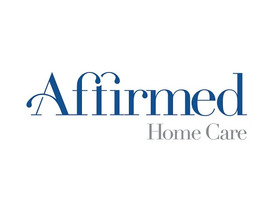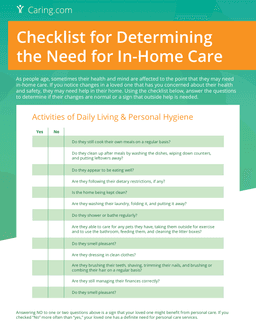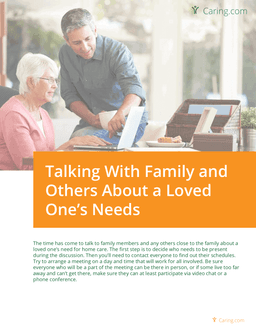
67-12 Yellowstone Blvd, Forest Hills, NY 11375
4.4
(7 reviews)
"My 90 yr old mom is currently using a lovely health care aide provided by Home Instead. All I can say is WOW. Beverly personally brought moms aide to the home to get us all acquainted. Rosemarie is a caring, sweet, skilled woman with high standards for her own work. She helps my mom with all daily living and anything she does, cleaning, making beds, meals etc are done with the highest standards I could hope for. I am truly thankful for Home Instead. They give me peace of mind for my mothers care, since I live 2-3 hours away. Thank you!! "
Pricing not available




















